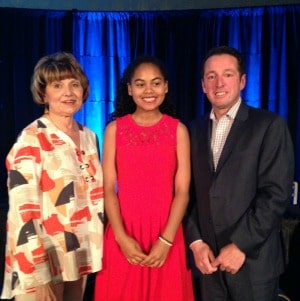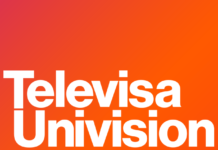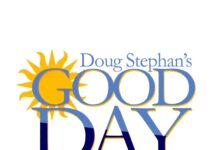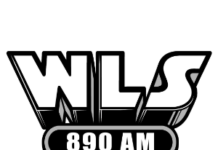
What do students want to know about careers in broadcasting? We have a little clearer vision of what moves millennials and GenZ seeking careers in radio and television, thanks to a Broadcast Education Association session held Monday afternoon alongside the 2017 NAB Show in Las Vegas.
The first question from moderator Maya Eaglin, a student at Elon University, was all about the radio industry, and why the two panelists elected radio instead of TV for their media careers. JVC Broadcasting CEO John Caracciolo says, “With radio, you can be so creative – so live and so local, and it is the entertainment business. The restrictions are a little less than TV, and you can go out there and have fun, and satisfy your clients. I was never a TV guy. It’s too stuffy for me.”
Radio Ink Publisher Deborah Parenti feels the same way. “The greatest thing about you they say is between your ears, and they never say behind your eyes.” Nothing excites Parenti more than that “on-air” light, and not knowing if what they say is going to hit the audience hard – or fall flat. She also likes the intimacy of radio.
The moderator, Elon University student Maya Eaglin, likes the radio business to the “underdog,” and notes that podcasts are popular among her generation. But what about AM and FM? Caracciolo says it’s about producing positive content, and using digital to bring it to new audiences. That, along with the content, is what is going to continue to make radio relevant – without a new technology killing it.
That’s not to say “overpaying and overleveraging” and some companies that have made mistakes aren’t putting radio in a negative light. Caracciolo saluted iHeart for doing some great things. But, it’s the debt load that is hurting the company.
What advice to they have for those interested in a career in radio? Parenti says the first task comes down to the right communication. She says, “It’s not just enough to communicate via text or social media. Once you’ve taken that step, actually call and find out what they are looking for. If I have one criticism of people today it’s that we’re not communicating enough. What do you want, and what do you need.”
Caracciolo agrees, noting that young, aspiring media professionals should be more proactive in their outreach to potential employers.
Meanwhile, Parenti took an opportunity to note that, today, the radio industry offers good career opportunities for women, singling out such leaders as Caroline Beasley of Beasley Broadcast Group as good examples of how the industry has offered more opportunities over the last 25 years.
What challenges do Parenti and Caracciolo foresee about the radio industry?
Caracciolo always has to be recruiting and looking for the next superstar, and that comes with advancements in digital.
Parenti believes the challenges are maintaining the flexibility on how to tackle any challenges, and that goes for bringing in new talent.
What will radio look like in 10 years?
Caracciolo hopes HD Radio takes off, and becomes another delivery platform. But, more importantly, “We’ve learned our lesson that we have to be live and local, and we’ve learned our lesson and that we caused a lot of our own programs. We have to embrace automation as a tool that can help, and not replace, talent at our radio stations.”
Parenti believes we will have platforms we haven’t even thought of yet. But, that won’t matter if we don’t have “strong, compelling content on a localized level. That’s where our future is at.”





